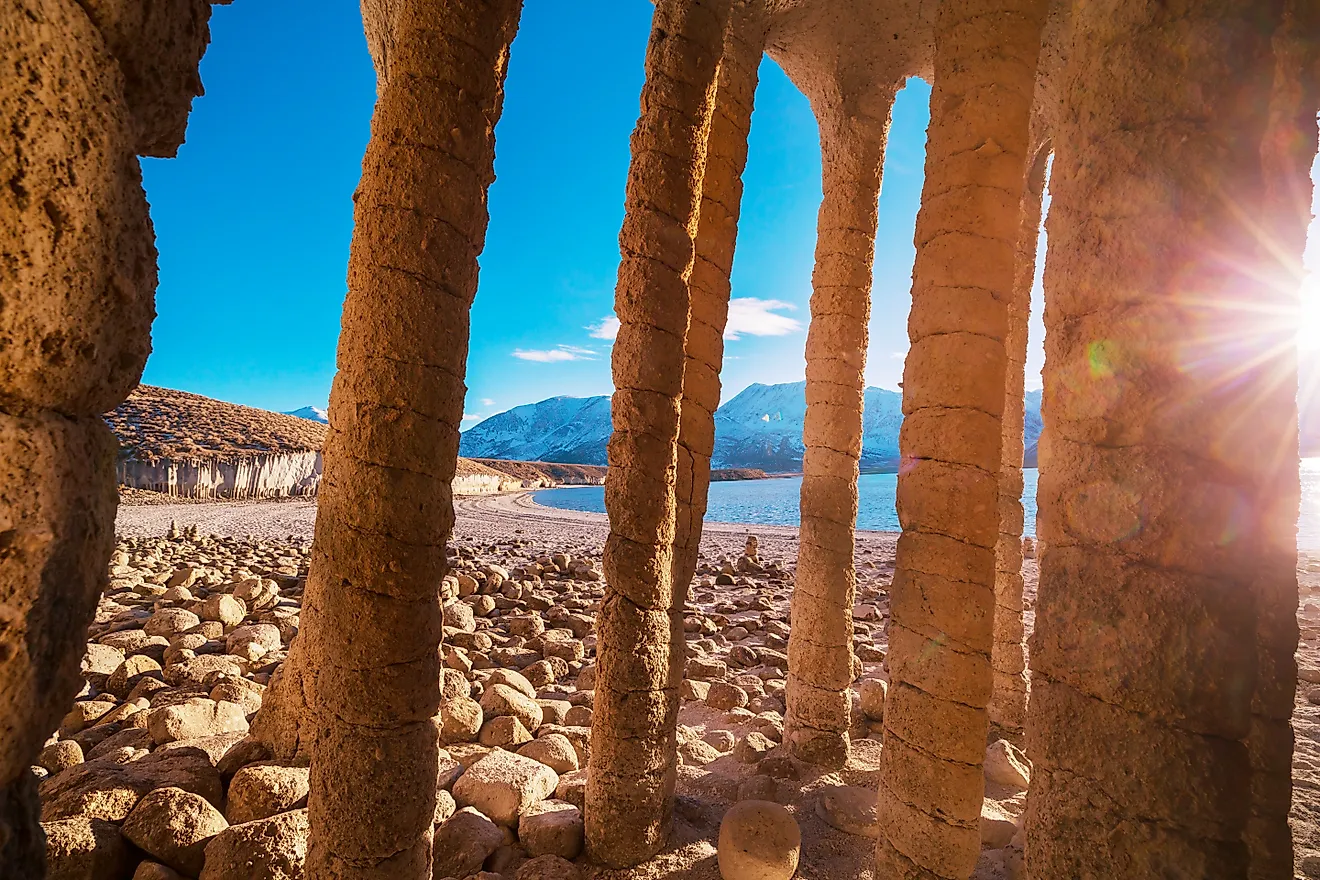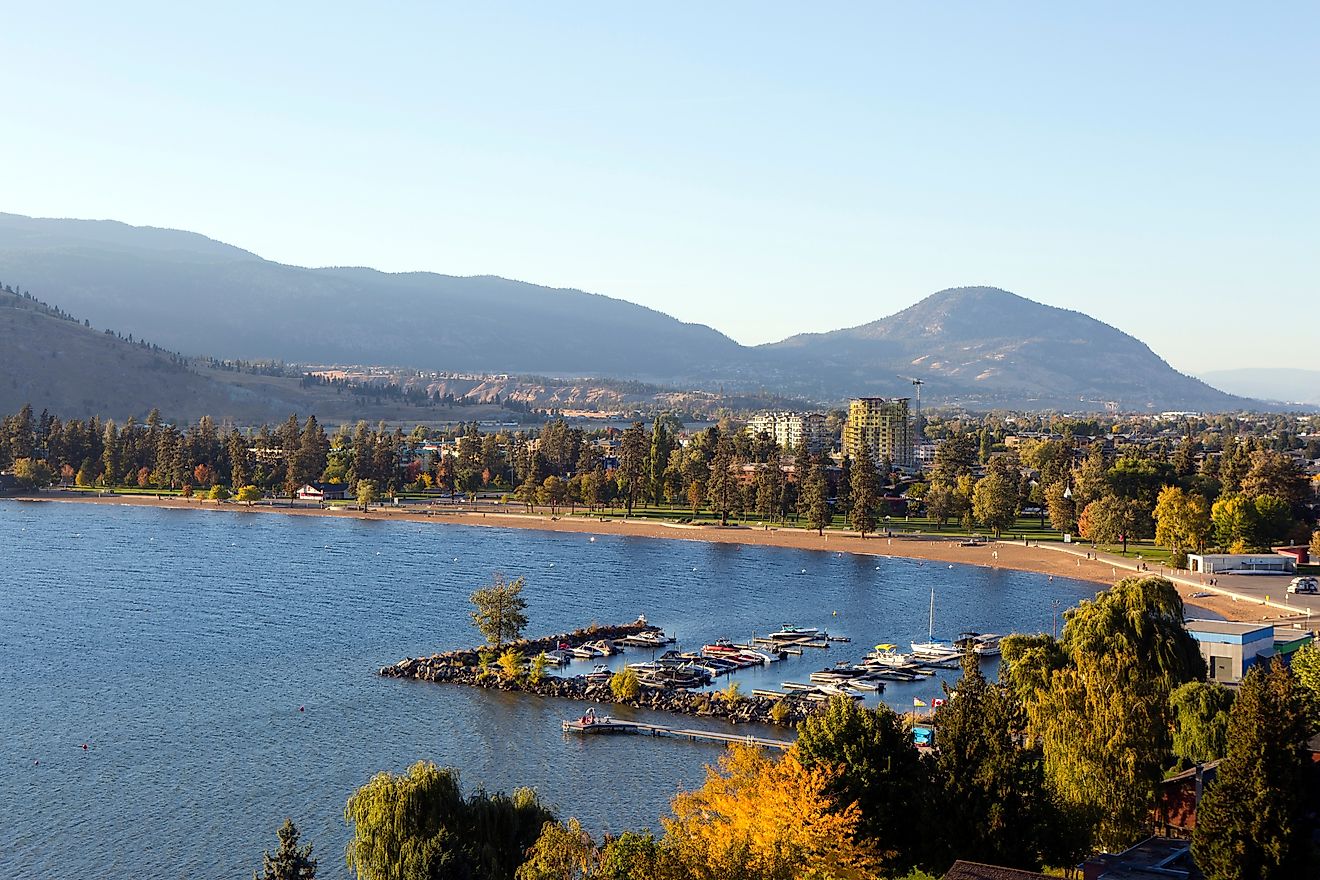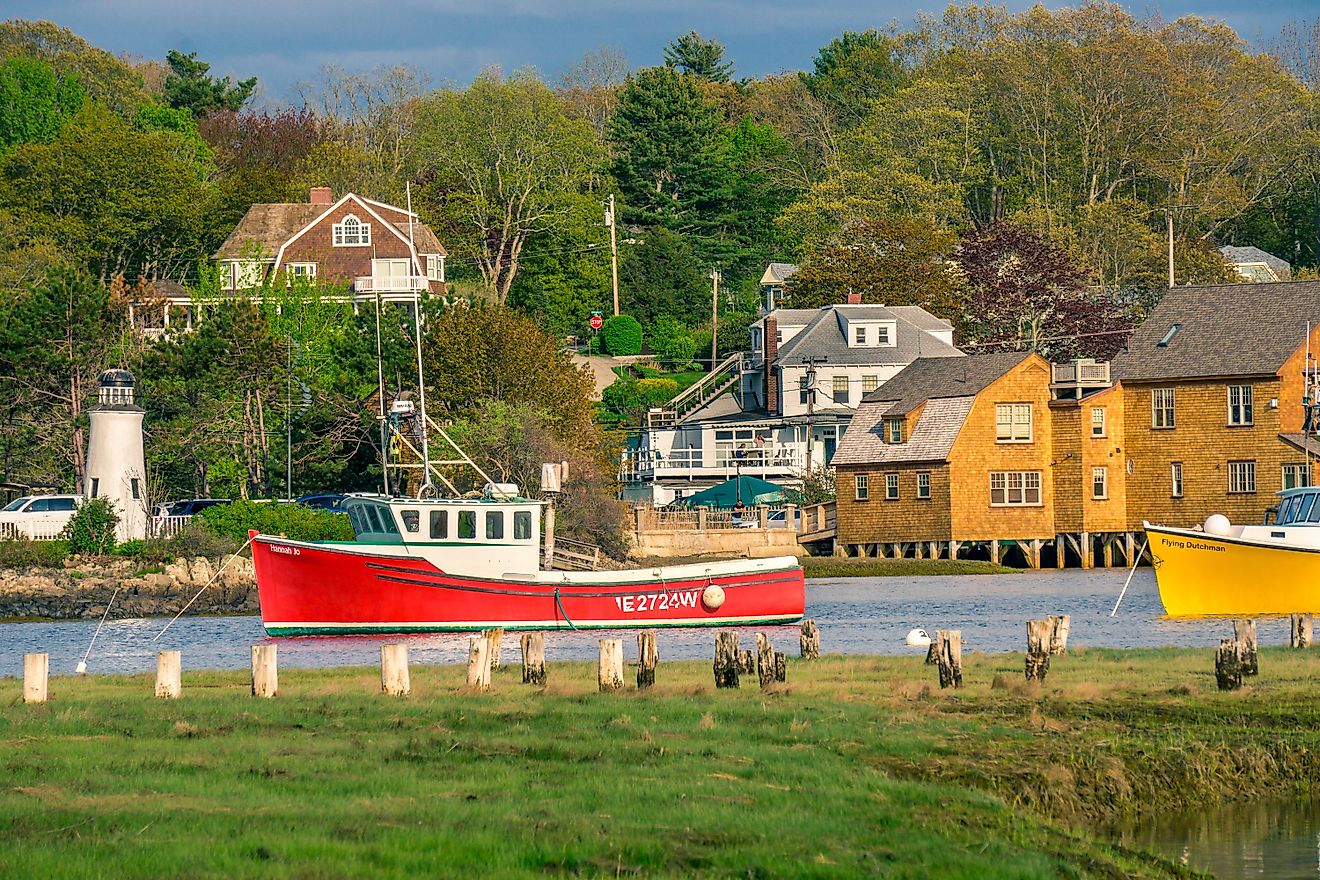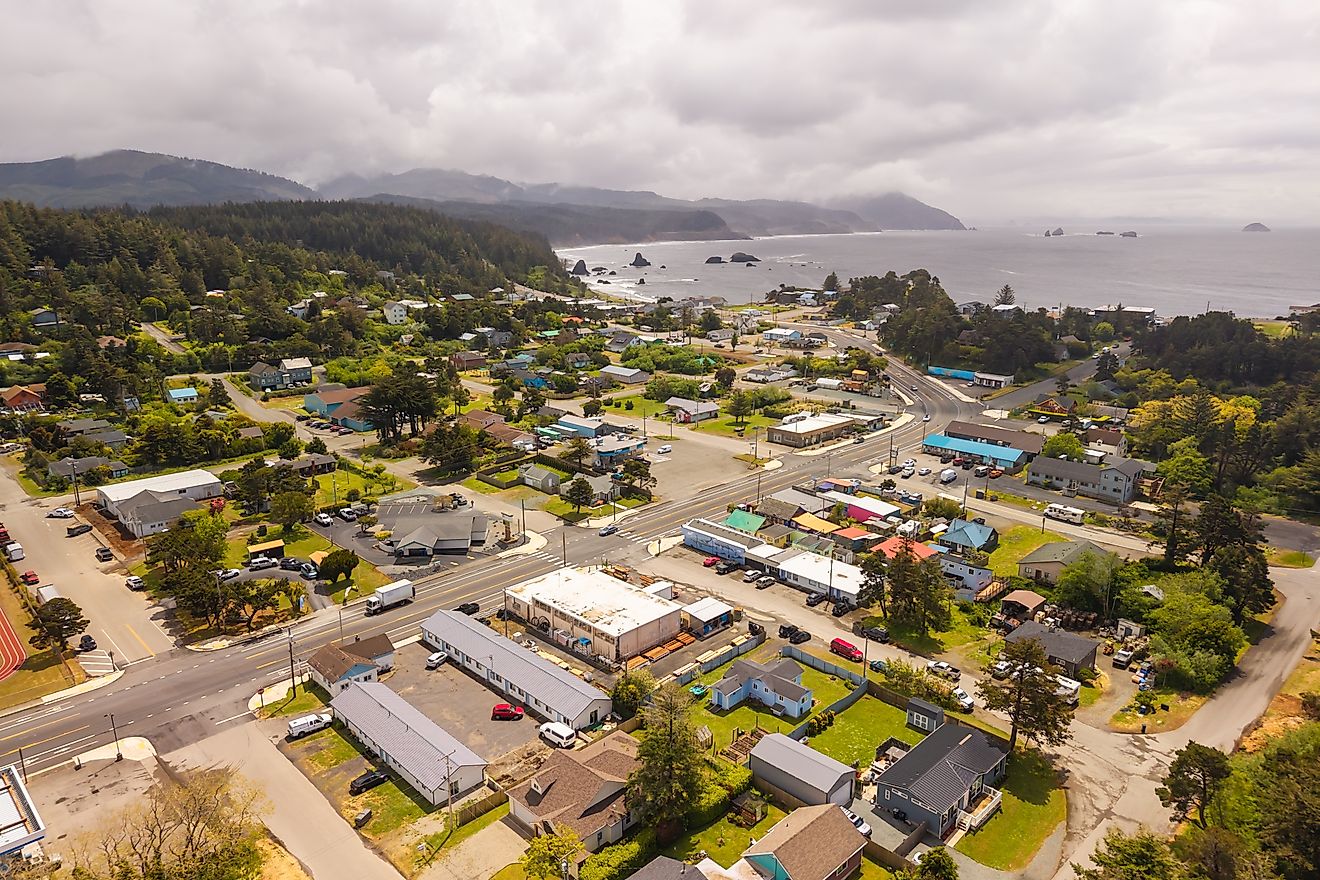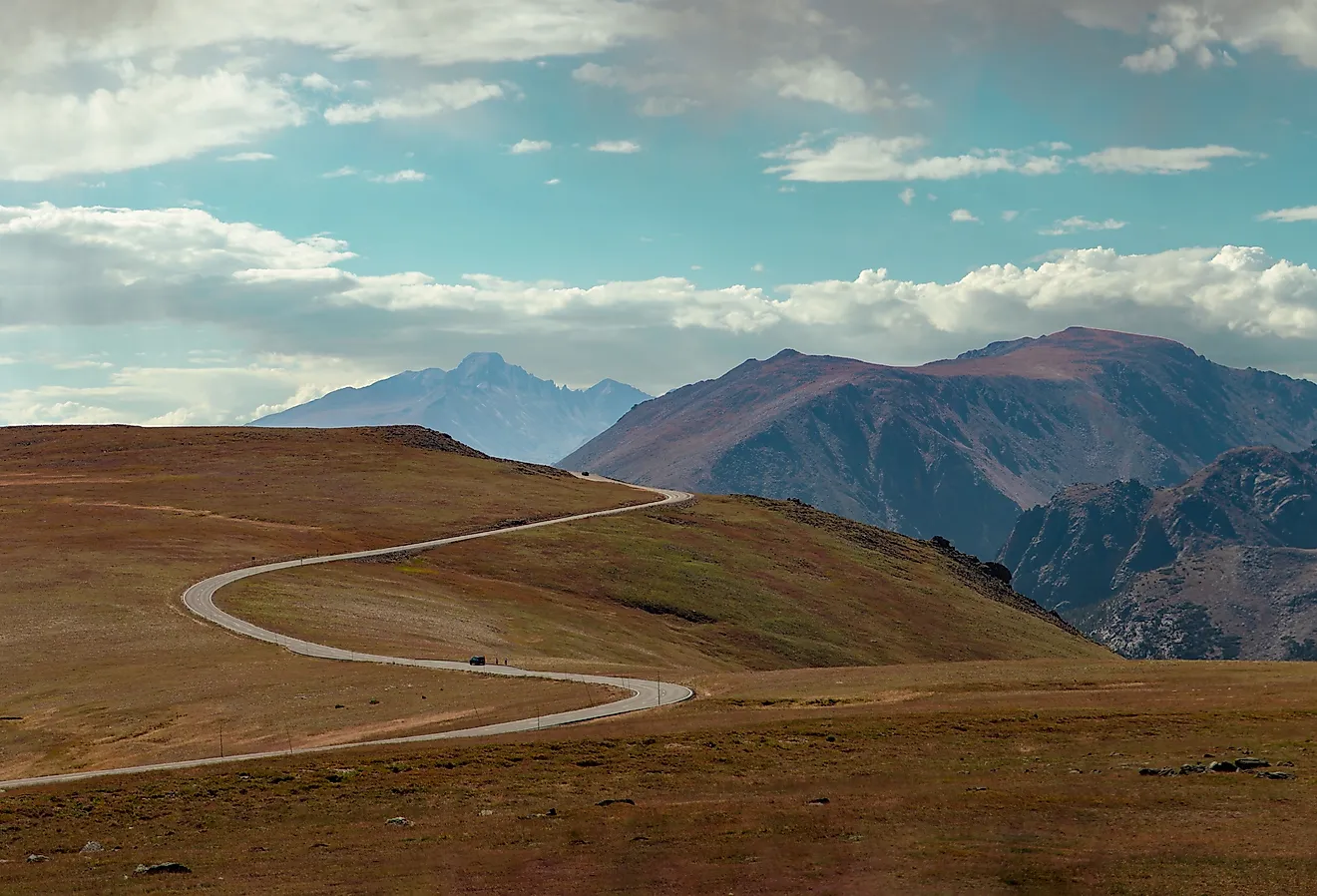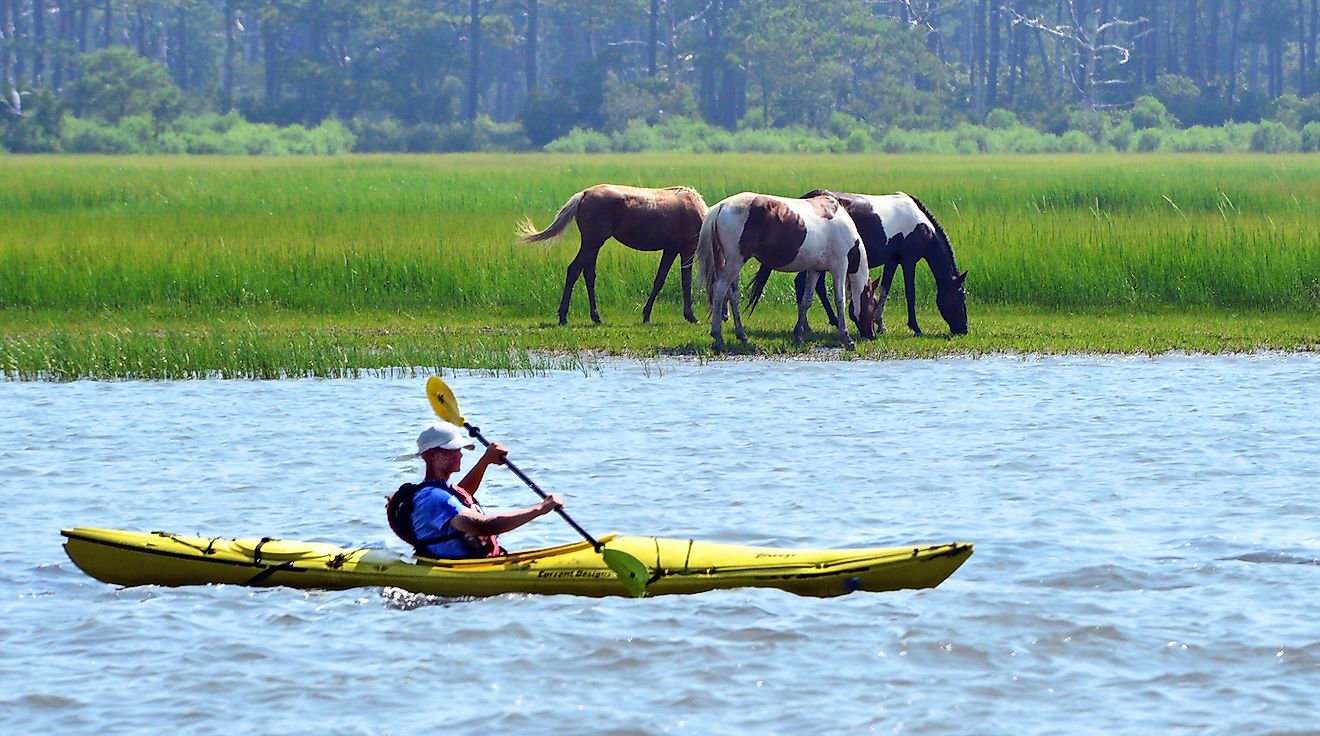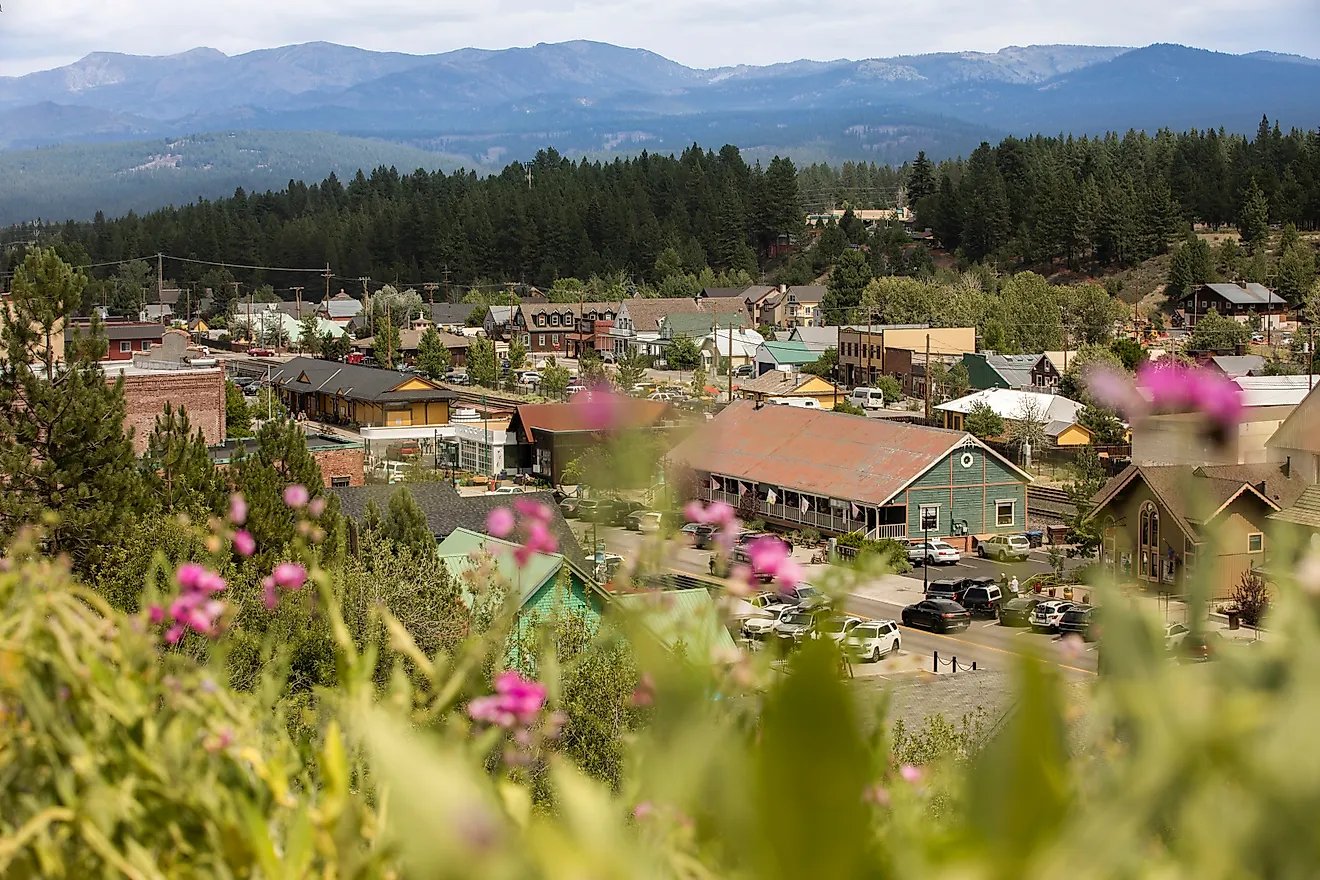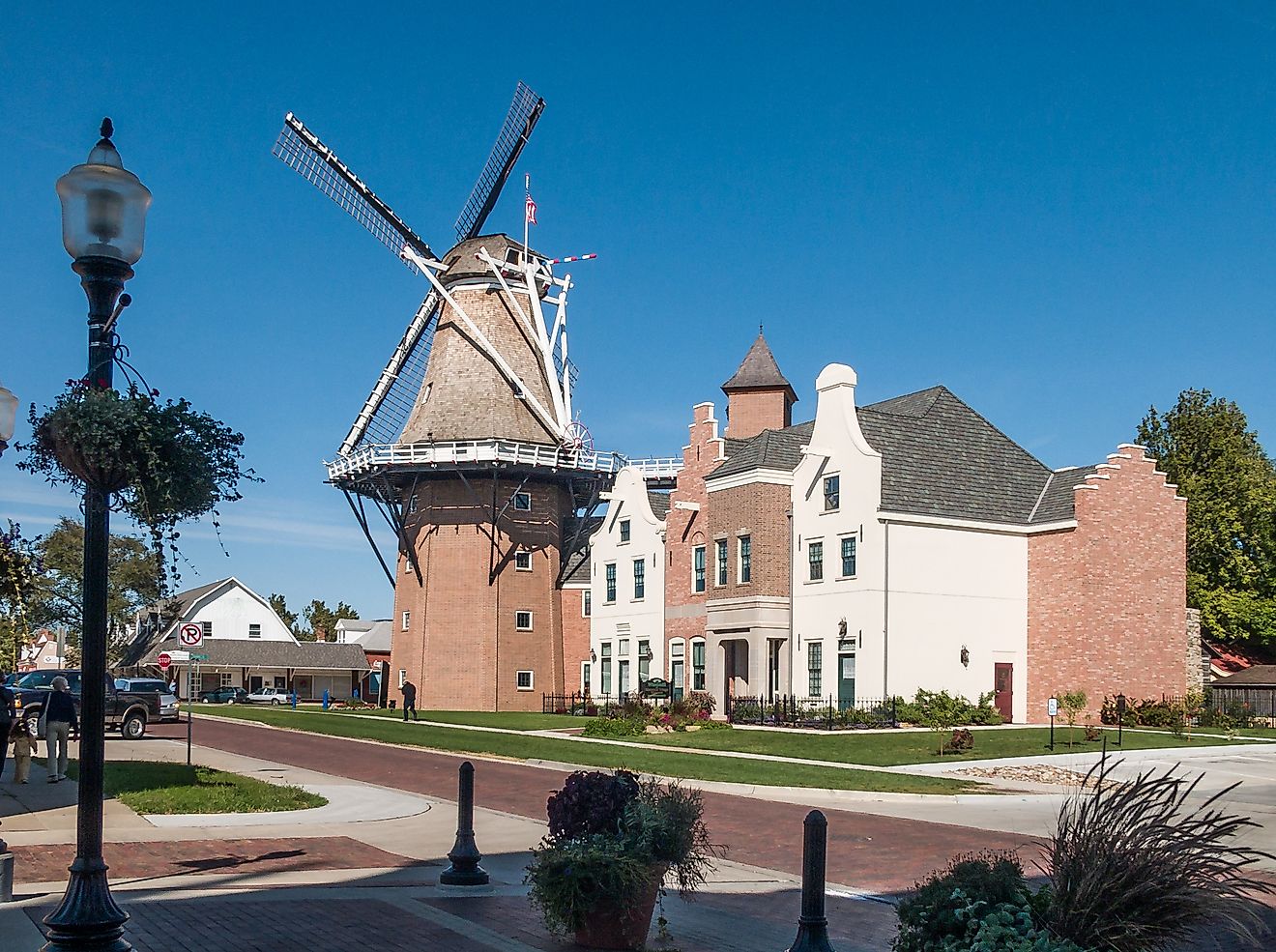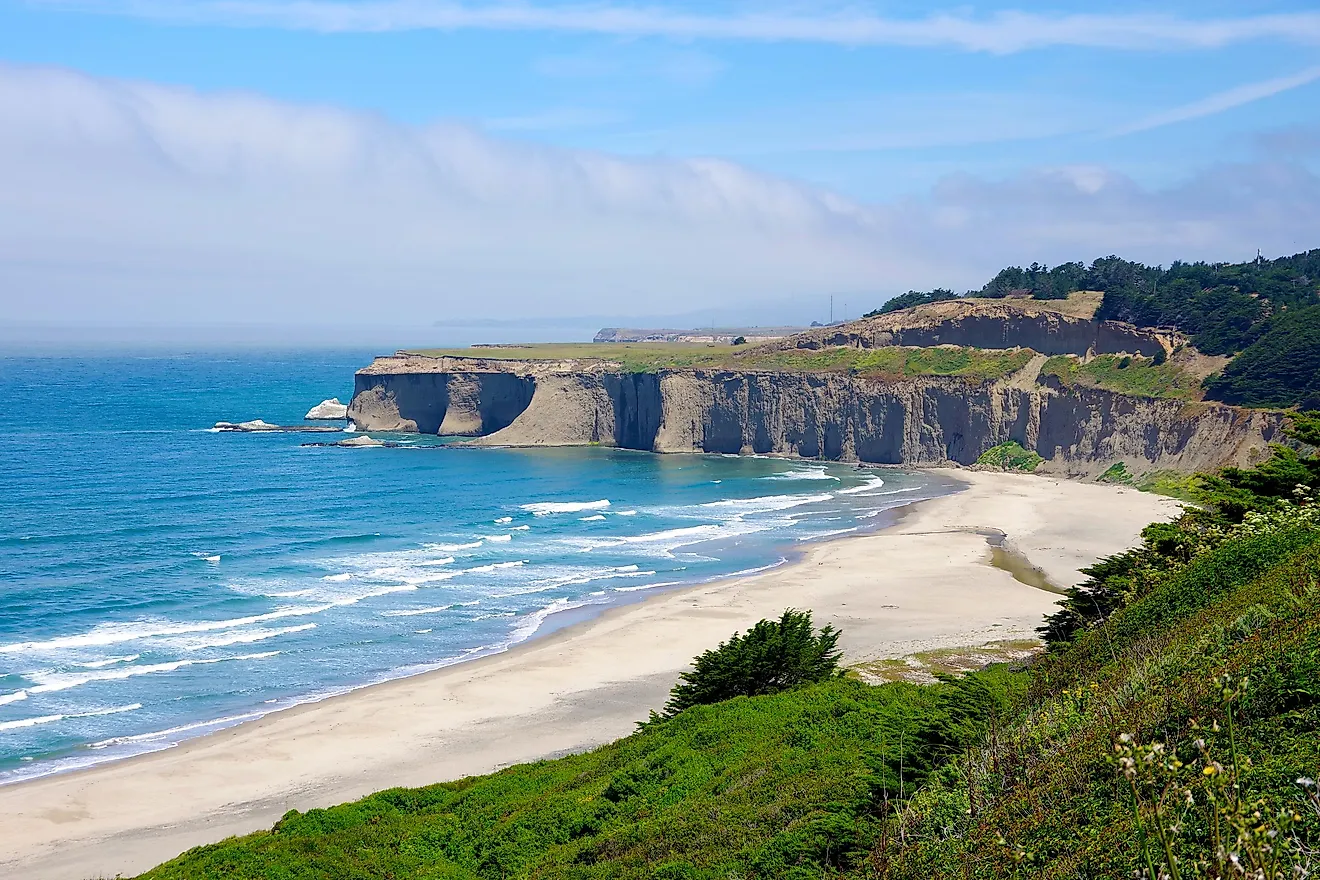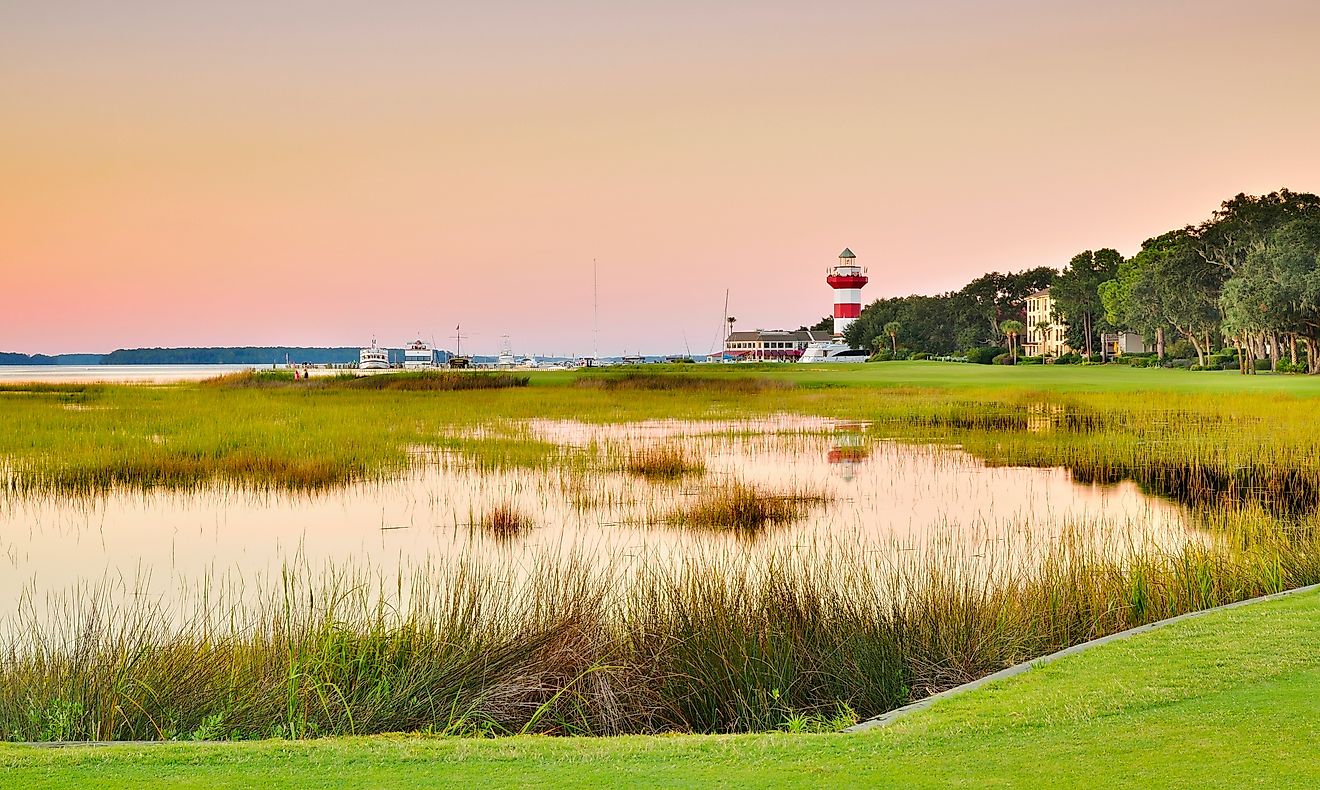What Is Beachcombing?
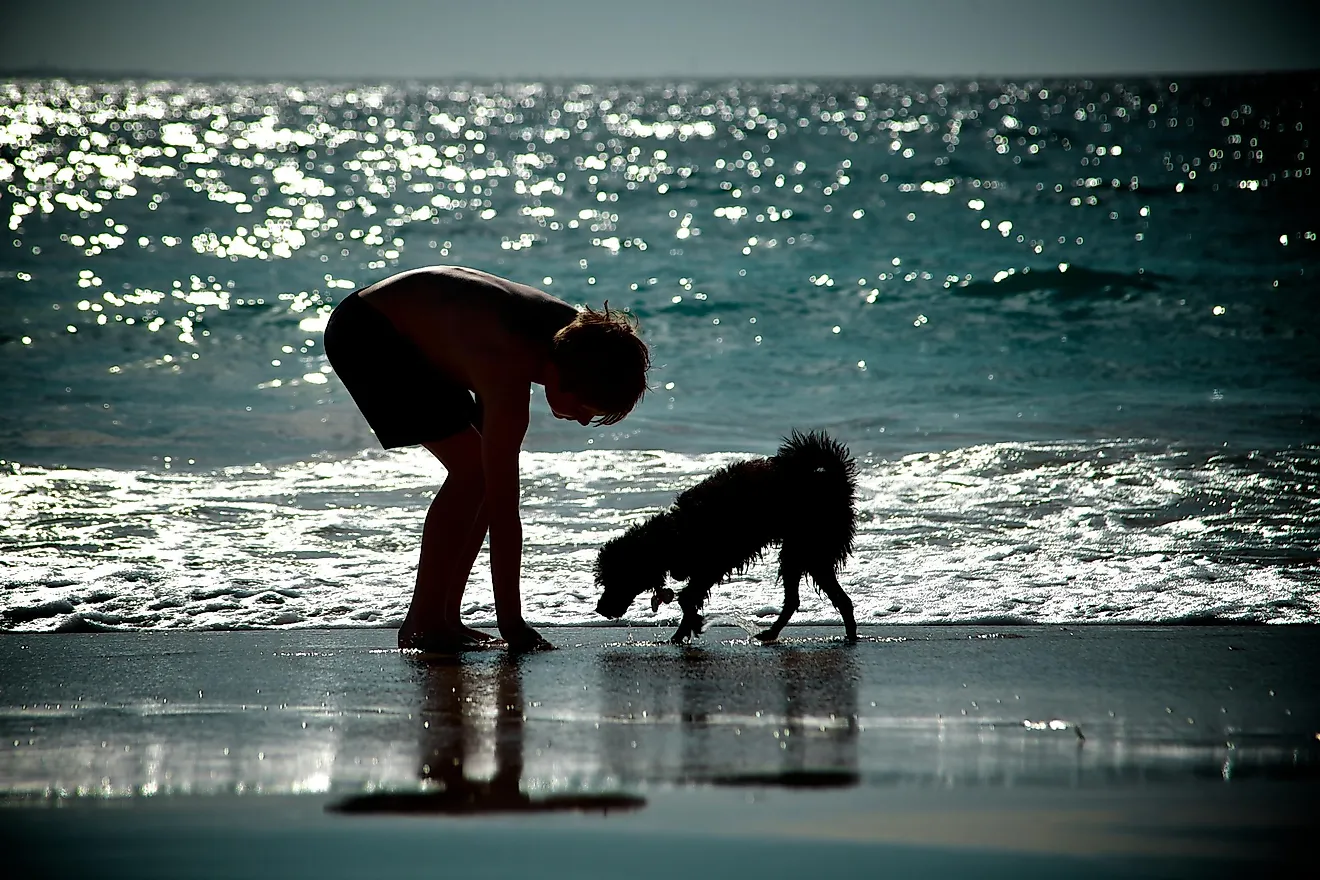
Beachcombing as a hobby which connects scientific curiosity, the thrill of discovery - almost treasure hunting! - and a bit of contribution to the environment we love. It is very accessible to any level, and you only need to know a few basic rules to get started.
The History Of Beachcombing
Historically, beachcombing was a manner of harvesting natural resources brought by the sea waves. On tropical islands, it is still a way kids contribute to the family’s budget, gather some treats from the sea, or learn about the natural environment.
In the past, the word could have negative connotations as a belittling word upper classes used to describe unemployed sailors or otherwise living in poverty, who had to “comb” the sand for items they could sell in order to survive. Nowadays, the word no longer holds that meaning. And beachcombing became an enjoyable recreational activity.
Beachcombing is also one of the forms of scientific field research: it helps to identify tides and currents patterns, ecological situation, contamination impact, find fossils, determine biodiversity, and its dynamic - everything that we can learn from studying what the ocean or sea waves leave ashore.
Beachcombing As A Field Research And Hobby
Nowadays, most Beachcombers follow surf and tide edges to explore what the sea waves have brought ashore. This includes various natural objects, as well as curious artifacts: seashells, bones and shark teeth, fossils, pottery shards, sea glass, historical artifacts, drifting seeds and wood, stones and pebbles, and various marine creatures.
Many dedicated beachcombers know more about tides and currents, the composition of the cliffs and ocean bedrock around the beach, local marine and coastal life, history of the area, weather and climate events, marine transportation around than any scientist! Some beachcombers contribute to the conservation efforts by monitoring erosion, wildlife condition, pollution, and dumping. They get recognized by the government and local communities.
What Are The Rules Every Beachcomber Needs To Know?
Many beachcombers do “photo hunt”: they do not remove their find from the location but take pictures and document it. This is the only way to “beachcomb” in National parks, but some elect to do it this way because they make memories while leaving the place intact for the others.
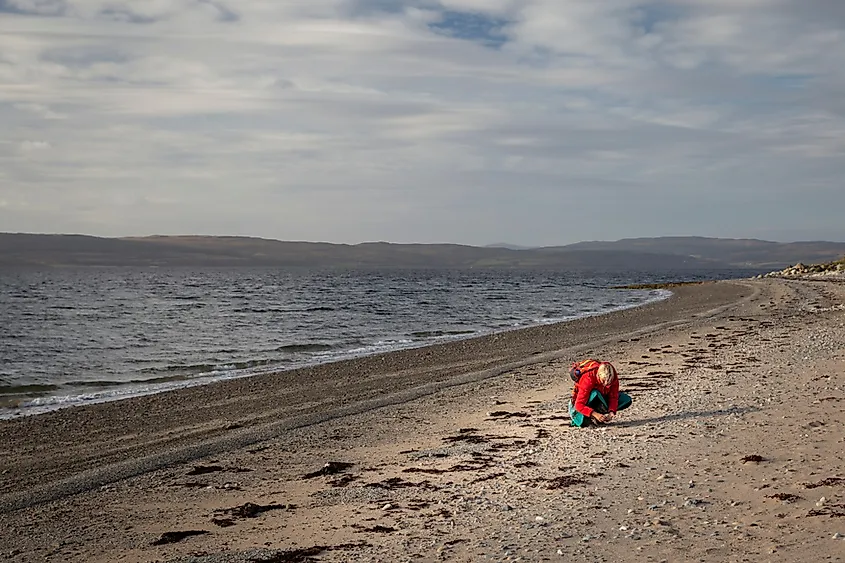
- Rule 1: No Beachcomber should ever kill, harm, or take a living creature with you. This comes for fish, crabs, turtles or their eggs, starfish, mollusks, plants, birds, etc. If it is already dead, it is up to you (just mind that you might be removing a food source from the local food chain). Be aware of the land’s status and the endangered species of the area. Learn what to do if you detected injured wildlife (for example, a seal pup or a dolphin in distress).
- Rule 2: If you are going to take something home, please check that it is not already a part of the ecosystem or someone’s home. Little hermit crabs often make human-made objects their homes, and many items can be overgrown by reef after being submerged for a while. If nature claimed it as its own, please leave it be. But take pictures, of course!
- Rule 3: It is not mandatory, but most beachcombers take the trash they encounter with them, especially if it is something dangerous to animals or other humans: old nets, plastic bags, hooks, sharp glass shards... It is a way to pay back for the joy and leave the place a bit cleaner and safer.
- Rule 4: In most countries, it is illegal to interfere with and remove natural objects from public and protected lands; the same goes for private lands unless you negotiated permission to collect. Please make sure you checked the laws, especially if you are into fossils or gems. Please do not dig in the cliffs and break corals apart: in some locations, you can even be arrested!
The Beachcombing Safety Rule
Come prepared, pay attention, and you will be safe! Rocks can be slippery, and there might be sharp bottle shards or clams around. Please always check the tide schedule for the area: tides can come fast depending on the surface type, and the place where you are standing can become sea within a few minutes. Be aware of the contamination status or biological hazards like algae blooms or spills in the area.
Do not stand under the cliffs that can be eroded, do not dive into unknown waters (always enter feet first), do not approach large wild animals (seals are powerful, and any animal would defend itself if it feels threatened or cornered), do not engage if you see someone conducting an illegal activity like dumping (but record it and notify guards and officials immediately).
Have your first aid kit, wear suitable footwear and sun protection, and know what to do if you get stung by a jellyfish or bitten by a snake. Beachcombing can be fun for kids and dogs, but you are the one responsible for their safety - and the safety of the wildlife they can harm by accident.
